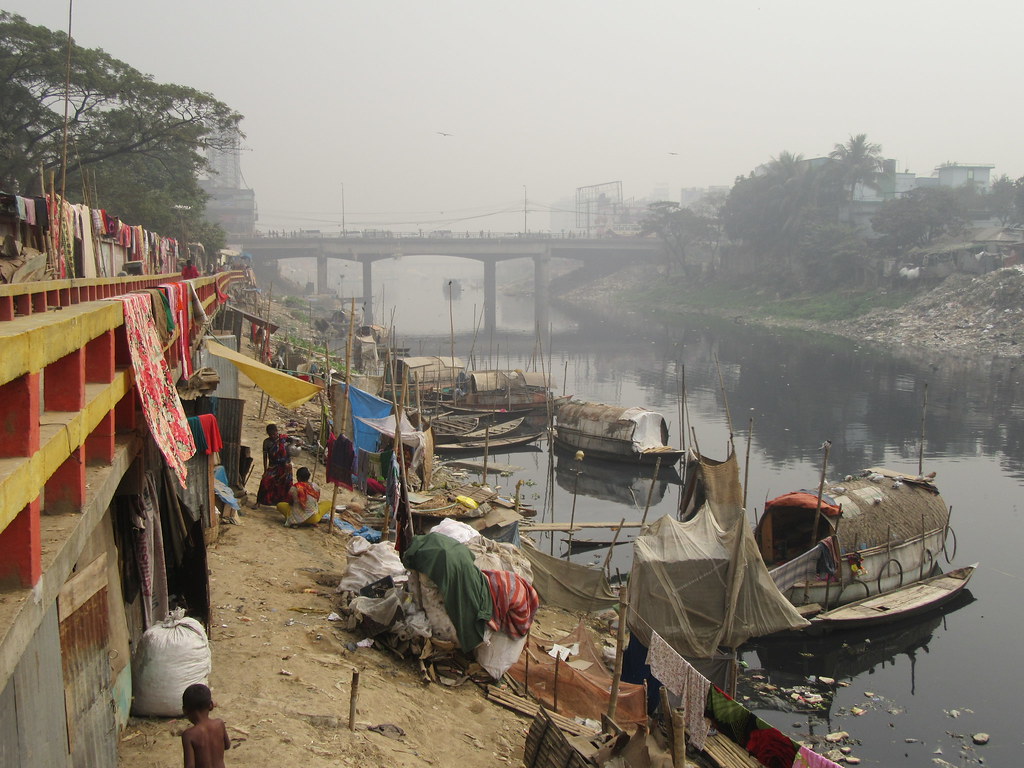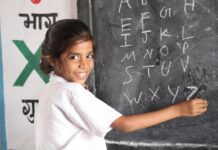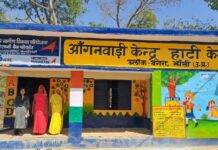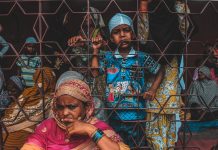The plight of migrant workers and the urban poor amid the nationwide lockdown may be extremely painful in India but things seem to be equally challenging in neighbouring country Bangladesh.
It goes without saying that the coronavirus pandemic and the associated countrywide lockdown have taken a huge toll on the poor and urban marginalised in Bangladesh, this deeply entrenched economic crisis is as big a challenge as the pandemic that we are experiencing.
In a new study that was carried out by the Sajida Foundation, it was found that 88% of the extreme urban poor who live in cities like Dhaka and Chittagong have lost their sources of incomes and are left without any livelihood.
One of the most important reasons why this has happened is the sudden countywide lockdown as a measure to contain and control the spread of the coronavirus. This has cut down all channels of payments and has given a severe blow to the marginalised.
Another important challenge before the nation-state is that with millions of people being forced to go hungry, the several years long project of poverty alleviation in the country may soon become futile.
The government has rolled out many packages worth thousands of crores to help out the marginalised and to give economic support to the most disadvantaged sections of the population, but this is clearly not sufficient.
If Sajida Foundation’s survey is to be trusted and if we assume that the vast majority of the extreme poor are still going hungry, there is no way in which we can ignore the inadequacy of governmental aid and support structures at such a time.
It is important that the state ensures that the packages that are being rolled out for the aid of the poor and the marginalised reach out to them and more such packages are announced if a need is felt for them.
There is also a need to make sure that these packages aren’t remaining confined to the influential quarters of the political elite and are sufficiently utilised to ensure that people don’t starve.
But is the government doing enough to ensure that the package reaches out to those whom it is meant for?














